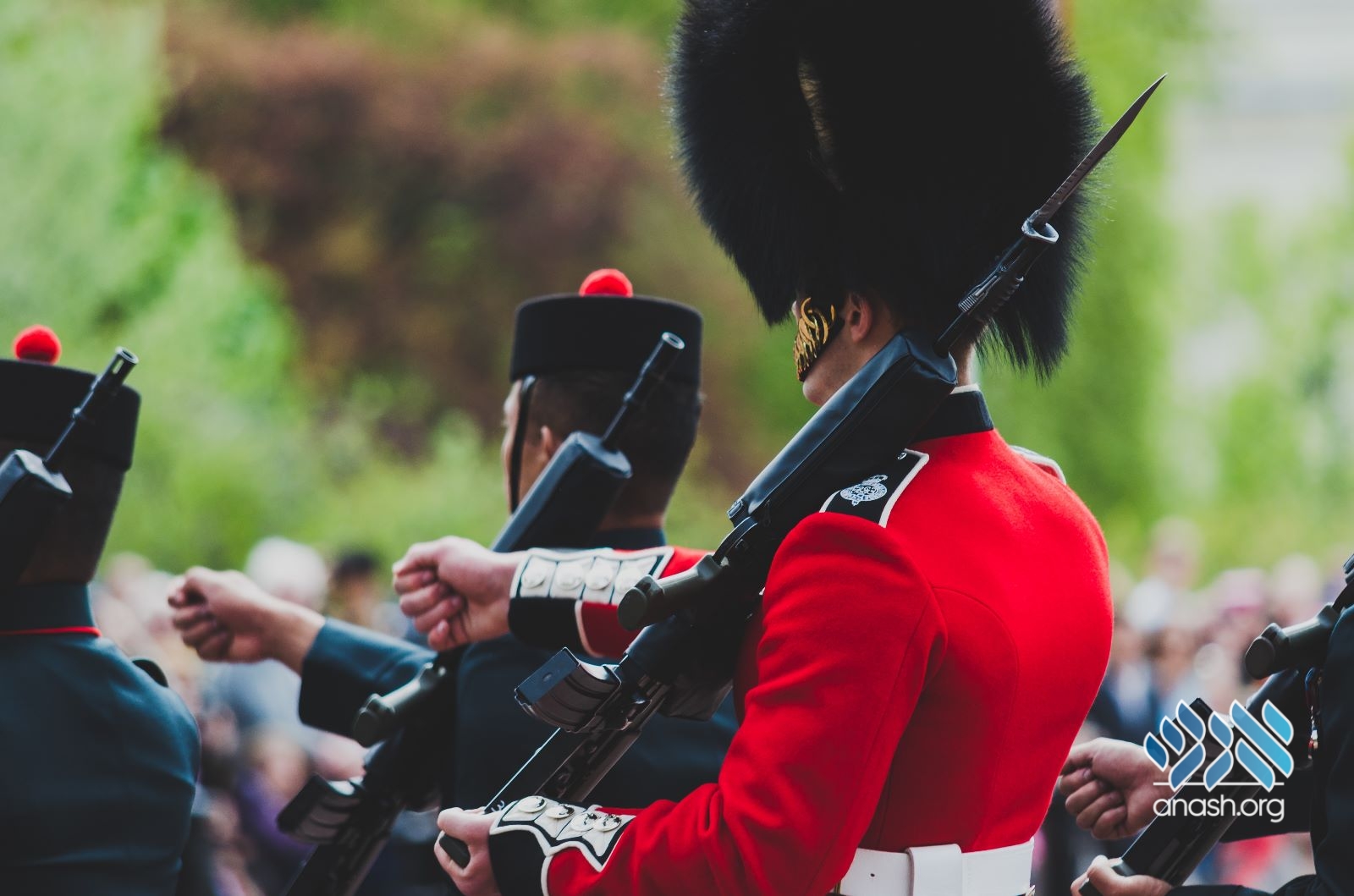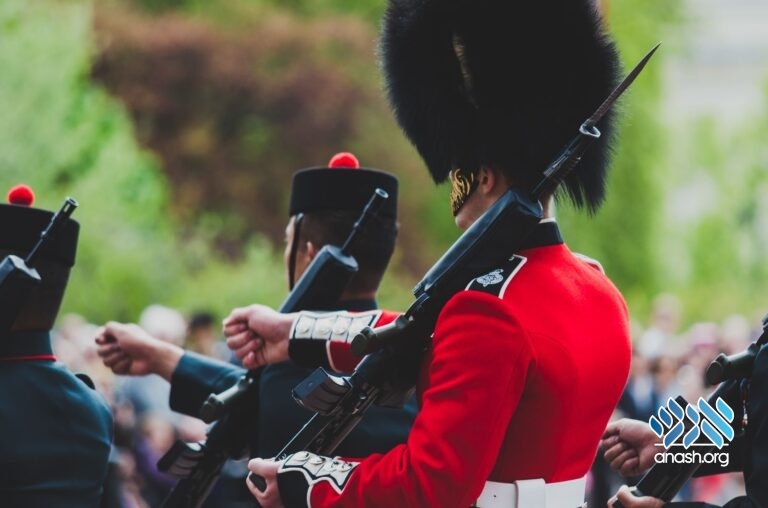כ׳ אייר ה׳תשפ״ג | May 10, 2023
Reciting the Royal Bracha Upon Seeing King Charles III?
Anash.org feature: Dayan Levi Yitzchok Raskin, Rov of Anash in London, explores interesting Torah questions and halachic dilemmas including reciting “Shenosan” on seeing King Charles III, visiting a church for a non-Jewish relative’s memorial, mistake found in a Torah during kriah, and closing off a chimney.

Anash.org feature: Dayan Levi Yitzchok Raskin, Rov of Anash in London, explores interesting Torah questions and halachic dilemmas including reciting “Shenosan” on seeing King Charles III, visiting a church for a non-Jewish relative’s memorial, mistake found in a Torah during kriah, and closing off a chimney.
The following issues are discussed by Rabbi Raskin in this week’s episode:
- Is a Mezuzah required on the entrance to a Mikva facility?[1]
- When was ובא לציון enacted as a follow-on to Shacharis, and: why, on Shabbos and Yomtov, is it relegated to Mincha? [2]
- Now that the Shul have Kabolas Shabbos early, a man living alone has to choose between lighting Shabbos candles at home after Plag haMincha, or being in Shul in time for Kabolas Shabbos. Which has priority?[3]
- The 10th man left the room before Kaddish before Shmone Esrei of Maariv. Should that Kaddish still be said now? [4]
- Should one seeing HM King Charles III recite the brocho שנתן מכבודו לבשר ודם?[5]
- A Jewish woman’s biological father was an Italian Catholic. As per his wishes, after he died he was cremated. May she attend the memorial service, to be held in a church?[6]
- During Krias HaTorah, a damaged letter was noticed. Does the reading stop short or should we complete until Sheini or similar, and then switch ST?[7]
- We removed a chimney stack. Do the concerns re. blocking a window apply to a chimney too?[8]
- We have several female students with us for Friday evening, some of which have never lit a Shabbos candle before. For us to all recite the brocho together will involve a delay. Is that a problem? [9]
- Why, in שלום עליכם, do we begin with מלאכי השרת but continue with מלאכי השלום? [10]
- The screen between the men’s and the ladies’ section is held in place with bolts. May this be lifted and replaced on Shabbos?[11]
- Feedback on placing an article {found on oneself when walking in the street on Shabbos} upon a מקום פטור:
To listen to Panorama of Halacha on a podcast, click here.
- [1] שו”ת שבט הלוי ח”ב סי’ קנו.
- [2] ראה ס’ נתיב בינה כרך א ע’ 360; כרך ב’ ע’ 280.
- [3].
- [4] ראה שו”ע אדה”ז סי’ נה ס”ד.
- [5] ראה מגן אברהם סי’ רכ סק”ד; שו”ת שבט הלוי ח”ב סי’ לה; פסקי תשובות סי’ רכד אות ו.
- [6] ראה שו”ע יו”ד סי’ קנז ס”ג; סי’ קמט ס”ב ברמ”א.
- [7] ראה או”ח סי’ קמג ס”ד; שו”ת צמח צדק או”ח בהוספות (סי’ עו); נתיבים בשדה השליחות ח”א פ”ד.
- [8] ראה ס’ שמירת הגוף והנפש ח”ב סי’ רכ ס”ט.
- [9] ראה שוע”ר סי’ רסג ס”ח.
- [10] ס’ חסדי אבות (רי”מ פישלר מפרעמישלאן) שבת קיט.
- [11] ראה שוע”ר סי’ שיג.



We appreciate your feedback. If you have any additional information to contribute to this article, it will be added below.